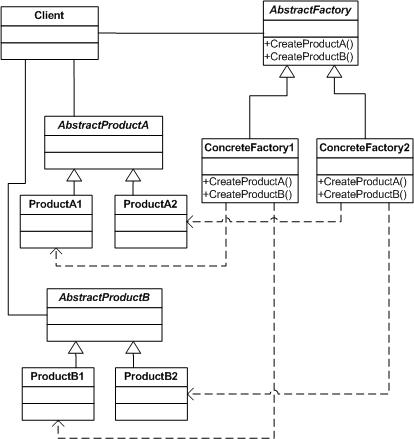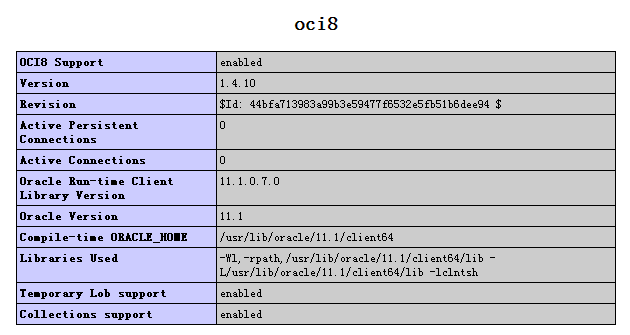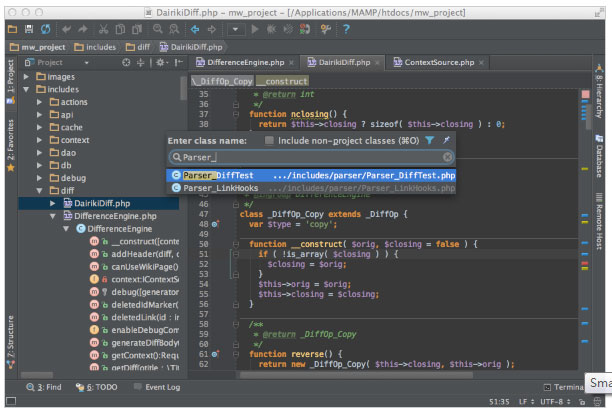|
|
調解者模式,這個模式的目的是封裝一組對象之間的相互作用,防止對象之間相互干擾,調解者(Mediator)在同事對象(Colleague)之間充當中間匯聚點。同事對象之間應該保持松散耦合,避免一個對象直接明確指向另一個對象。在調解者模式下,對象的關系和依賴發生沖突時,我們可以使用調解者在耦合的對象之間協調工作流,依賴可以從同事朝調解者或從調解者向同事建立,這兩個方向上的依賴都可以使用AbstractColleague或AbstractMediator中斷。
對象不是孤立的,對象之間必須相互協作才能完成任務。雖然調解者模式可以限制對象之間的相互作用,但如果濫用,會致使編寫聚合性類變得非常困難。舉一個實用的例子,在領域驅動設計(Domain-Driven Design)中的服務就是實體之間的調解者。再舉一個php相關的例子,Zend_Form裝飾和過濾功能實際上可以看作是Zend_Form_Decorator和Zend_Filter實例之間的一個簡單調解者,它們都使用Zend_Validate對象進行驗證。
當調解者必須監聽同事對象的事件時,它通常是作為觀察者(Observer)實現的,產生一個黑板(blackboard)對象,一些同事寫,另一些同事就讀。來自同事的事件被推向調解者,再由調解者將其轉發給其它訂閱的同事,同事之間不需要相互了解,這個架構成功用于隨Zend框架發布的Dojo JavaScript庫。這個模式的另一個好處是對象的變化包含在計算方法中,可以通過配置不同的調解者實現這一目標,但實例化相關對象將是一個松散的操作,不同容器和工廠之間的協作關系將是分散的。
參與者:
◆同事(Colleague):重點是它的職責,它只與一個調解者Mediator或AbstractMediator通信。
◆調解者(Mediator):協同多個Colleagues(AbstractColleagues)共同工作。
◆AbstractMediator,AbstractColleague:從這些角色的真實實現解耦的可選接口,可能不止一個AbstractColleague角色。
下面的代碼實現了一個表單輸入的過濾過程,類似于Zend_Form_Element功能。
復制代碼 代碼如下:
<?php
/**
* AbstractColleague.
*/
interface Filter
{
public function filter($value);
}
/**
* Colleague. We decide in the implementation phase
* that Colleagues should not know the next Colleague
* in the chain, resorting to a Mediator to link them together.
* This choice succesfully avoids a base abstract class
* for Filters.
* Remember that this is an example: it is not only
* Chain of Responsibility that can be alternatively implemented
* as a Mediator.
*/
class TrimFilter implements Filter
{
public function filter($value)
{
return trim($value);
}
} <PRE class=php name="code"> /**
* Colleague.
*/
class NullFilter implements Filter
{
public function filter($value)
{
return $value ? $value : '';
}
}
/**
* Colleague.
*/
class HtmlEntitiesFilter implements Filter
{
public function filter($value)
{
return htmlentities($value);
}
}
</PRE><PRE class=php name="code"> /**
* The Mediator. We avoid referencing it from ConcreteColleagues
* and so the need for an interface. We leave the implementation
* of a bidirectional channel for the Observer pattern's example.
* This class responsibility is to store the value and coordinate
* filters computation when they have to be applied to the value.
* Filtering responsibilities are obviously a concern of
* the Colleagues, which are Filter implementations.
*/
class InputElement
{
protected $_filters;
protected $_value;
public function addFilter(Filter $filter)
{
$this->_filters[] = $filter;
return $this;
}
public function setValue($value)
{
$this->_value = $this->_filter($value);
}
protected function _filter($value)
{
foreach ($this->_filters as $filter) {
$value = $filter->filter($value);
}
return $value;
}
public function getValue()
{
return $this->_value;
}
}
$input = new InputElement();
$input->addFilter(new NullFilter())
->addFilter(new TrimFilter())
->addFilter(new HtmlEntitiesFilter());
$input->setValue(' You should use the <h1>-<h6> tags for your headings.');
echo $input->getValue(), "/n";
</PRE>
<PRE></PRE>
php技術:PHP設計模式之調解者模式的深入解析,轉載需保留來源!
鄭重聲明:本文版權歸原作者所有,轉載文章僅為傳播更多信息之目的,如作者信息標記有誤,請第一時間聯系我們修改或刪除,多謝。



